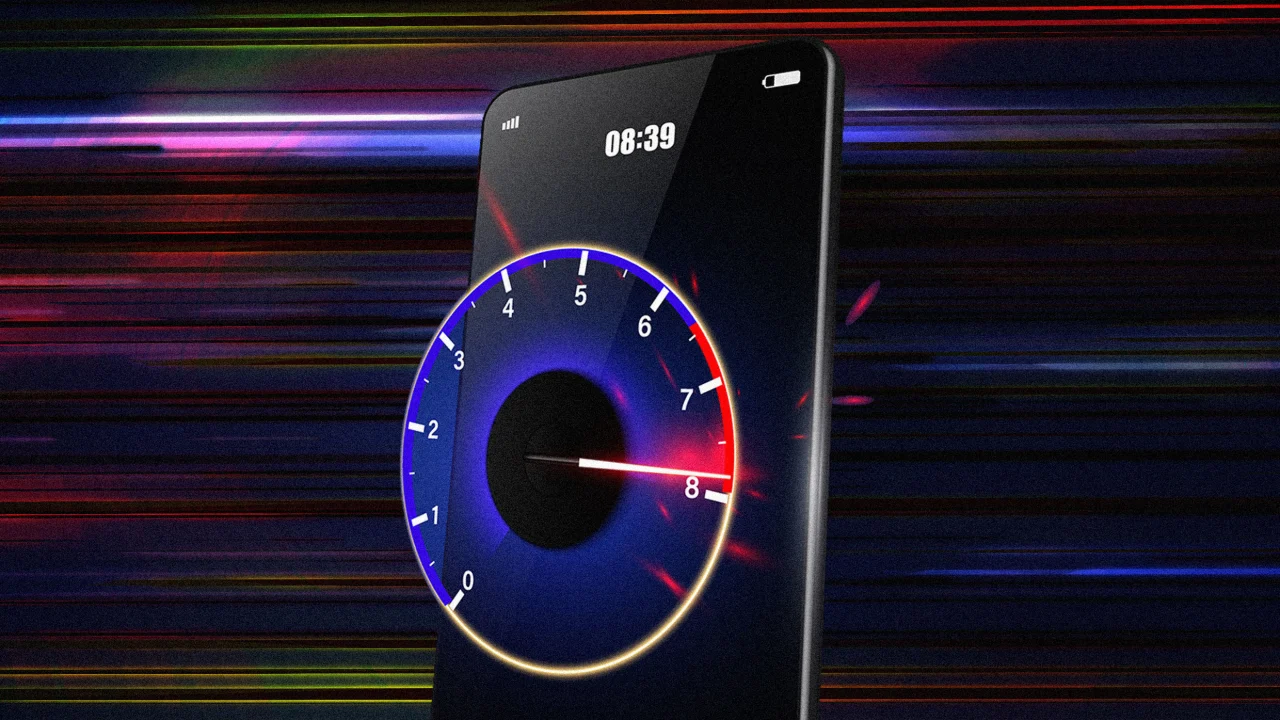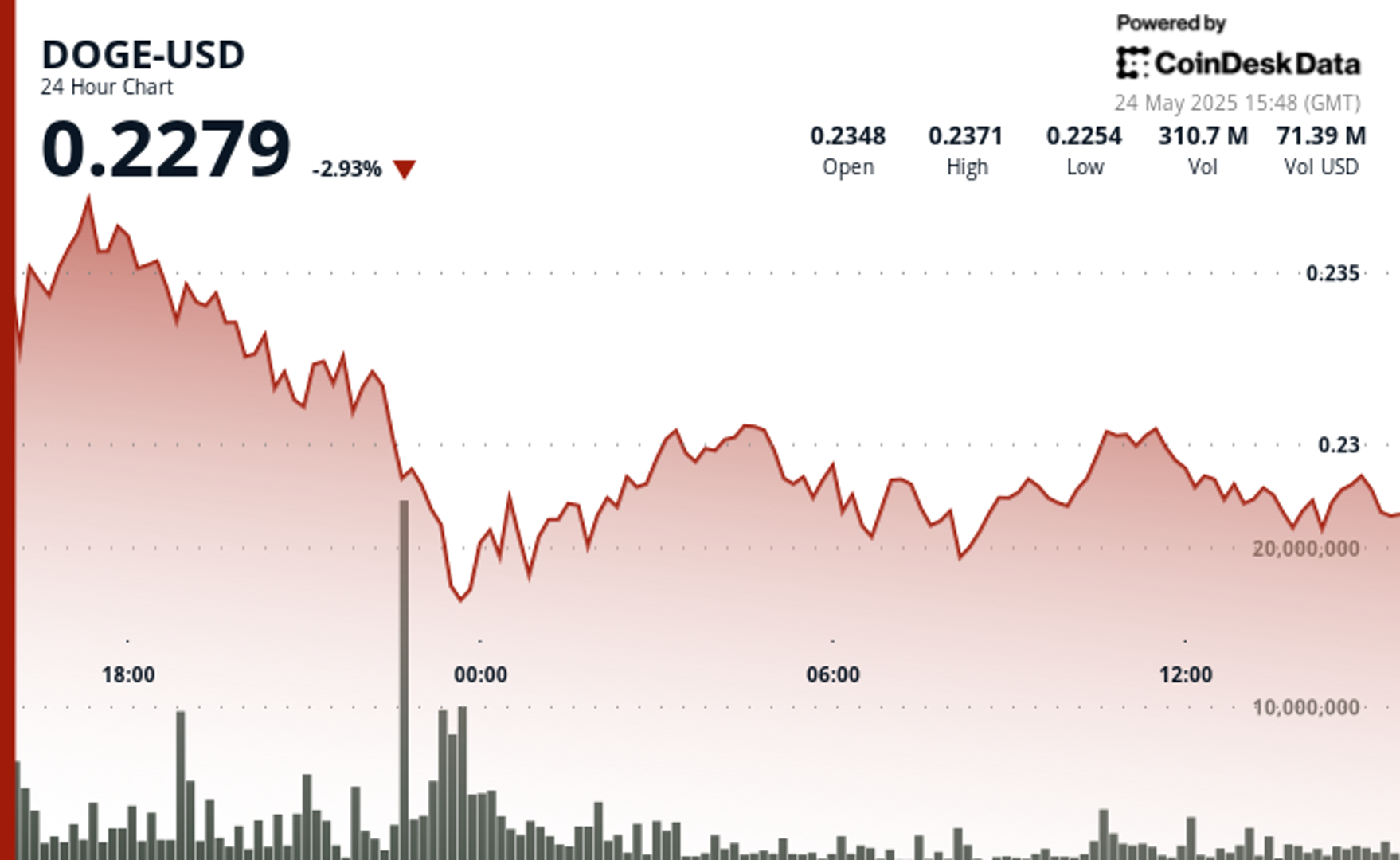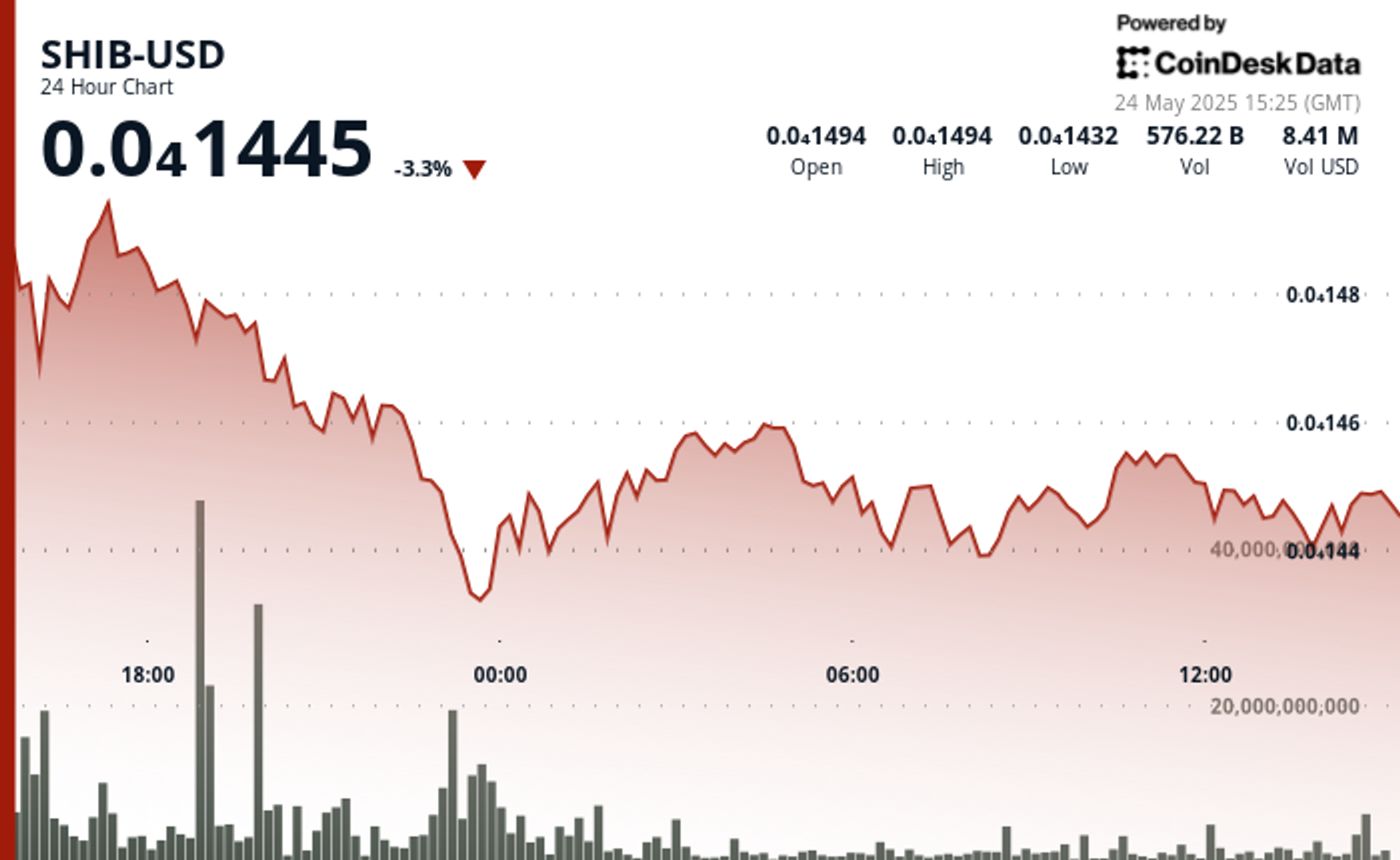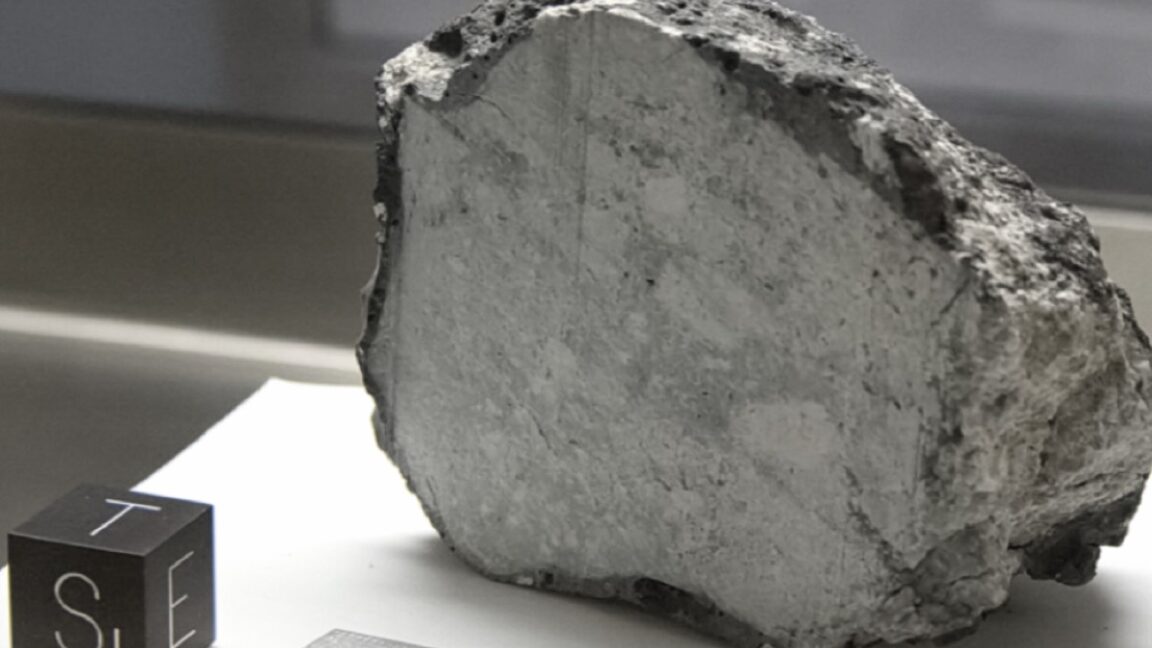Astronomers Intrigued by Galaxy Blasting Its Neighbor With Giant Energy Beam
As two distant galaxies trade blows in an ancient duel billions of years old, one belligerent has clearly proven they're more ruthless than the other. Each time the galaxies conclude their circling and charge in for a clash, one of them impales their opponent with a powerful beam of radiation, crippling their ability to form new stars. In cosmic terms, it's the definition of a below the belt blow — and a massive one at that. This lopsided showdown was reported in a new study set to be published in the journal Nature, marking the first observation of a galaxy […]


As two distant galaxies trade blows in an ancient duel billions of years old, one belligerent has clearly proven itself more ruthless than the other.
Each time the galaxies conclude their posturing and charge in for a clash, one of them impales its opponent with a powerful beam of radiation, crippling its ability to form new stars. In cosmic terms, it's the definition of a below the belt blow — and a massive one at that.
This lopsided showdown was reported in a new study set to be published in the journal Nature, marking the first observation of a galaxy blasting its neighbor with radiation, and furthers our understanding of the huge galactic meat grinders known as quasars.
"We hence call this system the 'cosmic joust'," said study co-lead author Pasquier Noterdaeme, a researcher at the Institut d'Astrophysique de Paris, in a statement about the work.
The light we're seeing from this joust is over 11 billion years old, dating it to when the universe was less than one-fifth of its current age. Bloodsport, it seems, is a time-honored tradition.
Using observations made with the Very Large Telescope and the ALMA telescope in Chile, the astronomers determined that the galaxies are veering towards each other at astounding speeds exceeding 311 miles per second. After crossing paths, they circle back, then wind up to hurtle towards each other yet again.
One galaxy, it appears, is fairly typical. But the other is dominated by a quasar, a luminous region at the center of the galaxy where a supermassive black hole churns through billions of stars' worth of dust and gases. As the doomed material swirls into the black hole, they become so hot that they produce light capable of outshining entire galaxies, including the Milky Way.
"We discovered a quasar — likely triggered by the merging of two galaxies — that is actively transforming the gas structure in its companion galaxy," Noterdaeme told Gizmodo. "The idea that galaxy mergers give rise to quasars has long been proposed, mainly supported by statistical studies of host galaxy morphologies."
"In our case,' Noterdaeme added, "we caught the two galaxies in the act."
When they looked closer, the researchers found that when the quasar-powered galaxy skewered its opponent, the invading beam of radiation disrupted the clouds of gas and dust it penetrated, taking out stellar nurseries that are prime regions for forming stars.
For the one wielding the weapon, this had an added effect. Like blood running down a blade, some of the gases from the impaled galaxy trickled back to the attacker, feeding even more material into the quasar's voracious black hole.
It's not a spectacle for the faint of heart. But if you count yourself among the coliseum mob cheering on the gladiatorial carnage, there's good news. Noterdaeme said that the next generation of observatories, namely the under-construction Extremely Large Telescope, will allow astronomers to "better understand the evolution of quasars and their effect on host and nearby galaxies" — delivering you all the gory details in bouts like these.
More on astronomy: Scientists Intrigued by Bridge of Dark Matter Inside Huge Galaxy Cluster
The post Astronomers Intrigued by Galaxy Blasting Its Neighbor With Giant Energy Beam appeared first on Futurism.














.png)















































































































































































